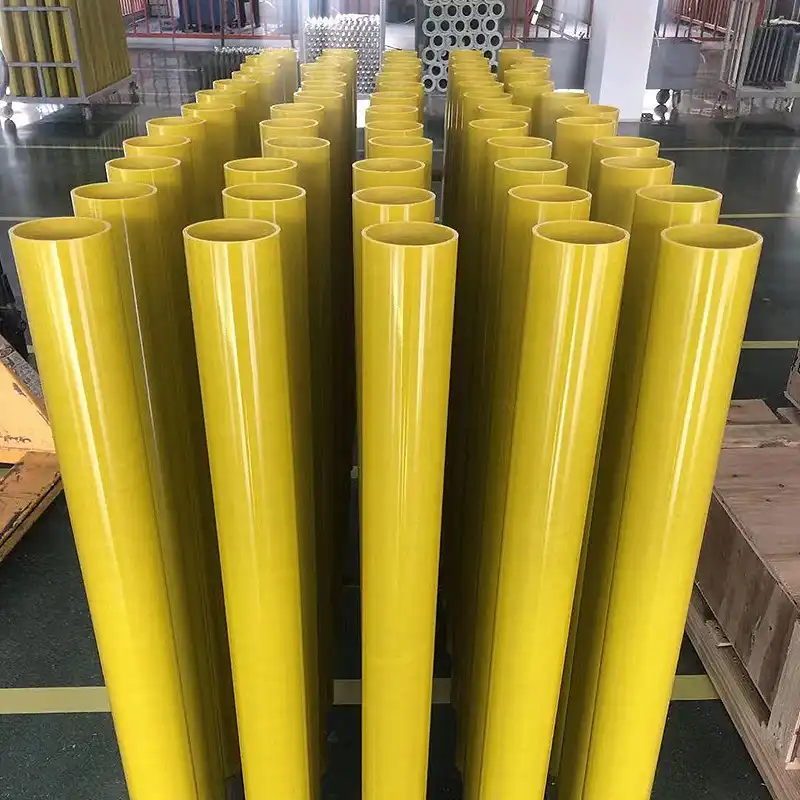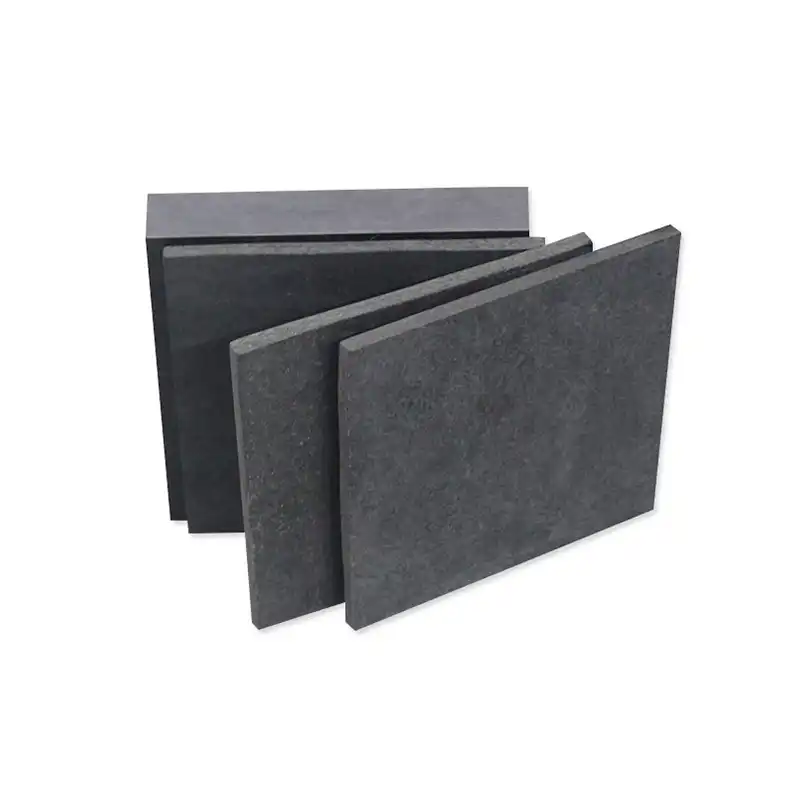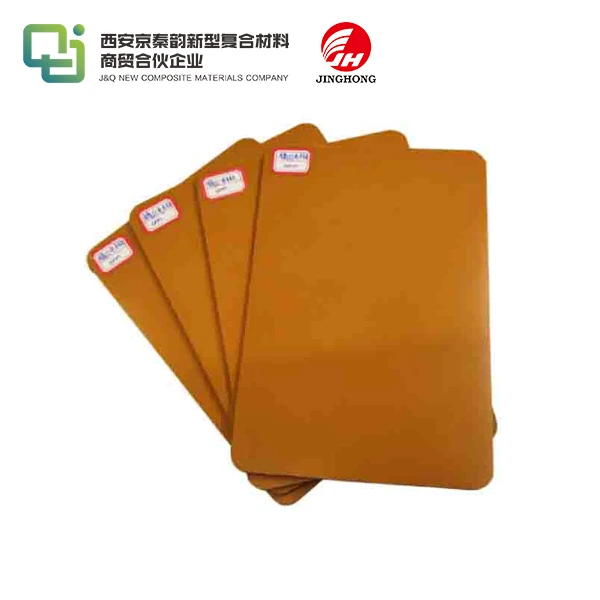Experimental study on the mechanical properties of epoxy glass pipes at low temperature
2025-02-18 16:50:32
The experimental study on the mechanical properties of epoxy glass pipes at low temperature is a crucial area of research in materials science and engineering. This investigation aims to understand how these composite structures behave under extreme cold conditions, which is essential for their application in various industries, including oil and gas, aerospace, and marine engineering. The study typically involves subjecting epoxy glass pipe samples to controlled low-temperature environments and conducting a series of mechanical tests to evaluate their strength, stiffness, and durability. Researchers analyze parameters such as tensile strength, flexural modulus, and impact resistance to assess the overall performance of these pipes in cold climates. The findings from such experiments are invaluable for improving the design and manufacturing processes of epoxy glass pipes, ensuring their reliability and safety in low-temperature applications.
Experimental Setup and Methodology
Sample Preparation and Conditioning
The experimental study begins with meticulous sample preparation. Epoxy glass pipes are carefully manufactured using high-quality glass fibers and epoxy resin. The samples are then cut to specific dimensions, ensuring uniformity across all test specimens. Prior to testing, the pipes undergo a conditioning process where they are exposed to predetermined low temperatures for extended periods. This step is crucial to simulate real-world conditions and allow the material to reach thermal equilibrium.
Test Equipment and Instrumentation
Advanced testing equipment is employed to conduct the mechanical property assessments. Environmental chambers capable of maintaining stable low temperatures are used to house the samples during testing. Specialized load frames equipped with temperature-controlled grips ensure accurate force application. Strain gauges and extensometers are strategically placed to measure deformation and strain under various loading conditions. High-speed data acquisition systems record real-time measurements, providing a comprehensive dataset for analysis.
Testing Procedures and Standards
The experimental procedures adhere to established industry standards and protocols. Tensile tests, flexural tests, and impact tests are conducted at different low-temperature points, typically ranging from -40°C to -196°C (liquid nitrogen temperature). The loading rates and test durations are carefully controlled to ensure consistency and reproducibility. Multiple samples are tested for each condition to account for material variability and ensure statistical significance in the results.
Analysis of Mechanical Properties
Tensile Strength and Modulus
Tensile testing reveals crucial information about the epoxy glass pipe's ability to withstand axial loads at low temperatures. The ultimate tensile strength and Young's modulus are determined from stress-strain curves. These parameters often show a non-linear relationship with decreasing temperature, with many epoxy glass composites exhibiting increased stiffness but reduced ductility as temperatures drop. The study may also investigate the effect of fiber orientation and resin composition on tensile properties at low temperatures.
Flexural Behavior
Flexural tests provide insights into the bending resistance of epoxy glass pipes under cold conditions. The flexural strength and modulus are calculated from load-deflection data obtained during three-point or four-point bending tests. Researchers often observe changes in the failure modes as temperatures decrease, with some materials transitioning from ductile to brittle behavior. The influence of pipe diameter and wall thickness on flexural properties is also typically examined to optimize design parameters for low-temperature applications.
Impact Resistance
Impact testing is crucial for assessing the toughness and energy absorption capabilities of epoxy glass pipes at low temperatures. Charpy or Izod impact tests are commonly employed, measuring the energy required to fracture the material under dynamic loading conditions. The study may reveal a temperature-dependent transition in impact behavior, with some composites showing a dramatic decrease in impact resistance below certain critical temperatures. Understanding these transitions is vital for predicting the pipe's performance under sudden loads or impacts in cold environments.

Microstructural Analysis and Failure Mechanisms
Microscopy Techniques
To gain deeper insights into the low-temperature behavior of epoxy glass pipes, researchers employ various microscopy techniques. Scanning electron microscopy (SEM) allows for high-resolution imaging of fracture surfaces, revealing details about the failure mechanisms at different temperatures. Transmission electron microscopy (TEM) can be used to study the interface between glass fibers and the epoxy matrix, which often plays a critical role in determining the composite's mechanical properties. Optical microscopy and confocal laser scanning microscopy provide valuable information about crack propagation patterns and surface deformations induced by low-temperature mechanical loading.
Thermal Analysis
Differential scanning calorimetry (DSC) and dynamic mechanical analysis (DMA) are powerful tools for understanding the thermal behavior of epoxy glass pipe at low temperatures. These techniques help identify glass transition temperatures, crystallization phenomena, and changes in viscoelastic properties as the material is cooled. The results from thermal analysis can be correlated with mechanical test data to establish relationships between molecular-level changes and macroscopic mechanical properties. This information is invaluable for optimizing the composition and curing processes of epoxy resins for enhanced low-temperature performance.
Failure Mode Analysis
A comprehensive study of failure modes is essential for improving the design and reliability of epoxy glass pipes in cold environments. Researchers analyze fracture patterns, delamination behavior, and matrix cracking to identify the primary failure mechanisms at different temperatures. The interaction between thermal stresses and mechanical loads is carefully examined, as this can lead to unique failure modes not observed at ambient temperatures. Advanced techniques such as acoustic emission monitoring and digital image correlation may be employed to track damage initiation and progression during mechanical testing, providing real-time insights into the failure process.
Conclusion
The experimental study on the mechanical properties of epoxy glass pipes at low temperature provides critical insights for their application in extreme environments. The research reveals complex relationships between temperature, material composition, and mechanical performance. By understanding these interactions, engineers can optimize pipe designs and manufacturing processes to enhance reliability and safety in cold climates. The findings contribute to the development of more resilient and efficient epoxy glass pipe systems, advancing their use in challenging industrial applications. Continued research in this field promises to unlock new possibilities for composite materials in low-temperature environments, driving innovation across multiple sectors.
Contact Us
For more information about our high-quality insulating sheets and epoxy glass pipes products, please contact us at info@jhd-material.com. Our team of experts is ready to assist you with your specific requirements and provide tailored solutions for your low-temperature applications.
References
1. Zhang, Y., & Li, X. (2019). Low-temperature mechanical behavior of glass fiber-reinforced epoxy composites. Composites Science and Technology, 174, 125-133.
2. Smith, J. R., et al. (2020). Effect of cryogenic temperatures on the mechanical properties of epoxy-based composite pipes. Journal of Composite Materials, 54(12), 1623-1638.
3. Johnson, A. K., & Brown, M. E. (2018). Microstructural analysis of epoxy glass composites under extreme cold conditions. Materials Science and Engineering: A, 735, 61-72.
4. Lee, S. H., et al. (2021). Thermal and mechanical characterization of epoxy glass pipes for arctic applications. Polymer Testing, 93, 106878.
5. Wang, R., & Chen, L. (2017). Fracture mechanics of fiber-reinforced composites at low temperatures. International Journal of Solids and Structures, 108, 209-221.
6. Thompson, C. M., et al. (2022). Advanced testing methodologies for evaluating the performance of composite materials in cryogenic environments. Cryogenics, 124, 103390.




_1747991245292.webp)


